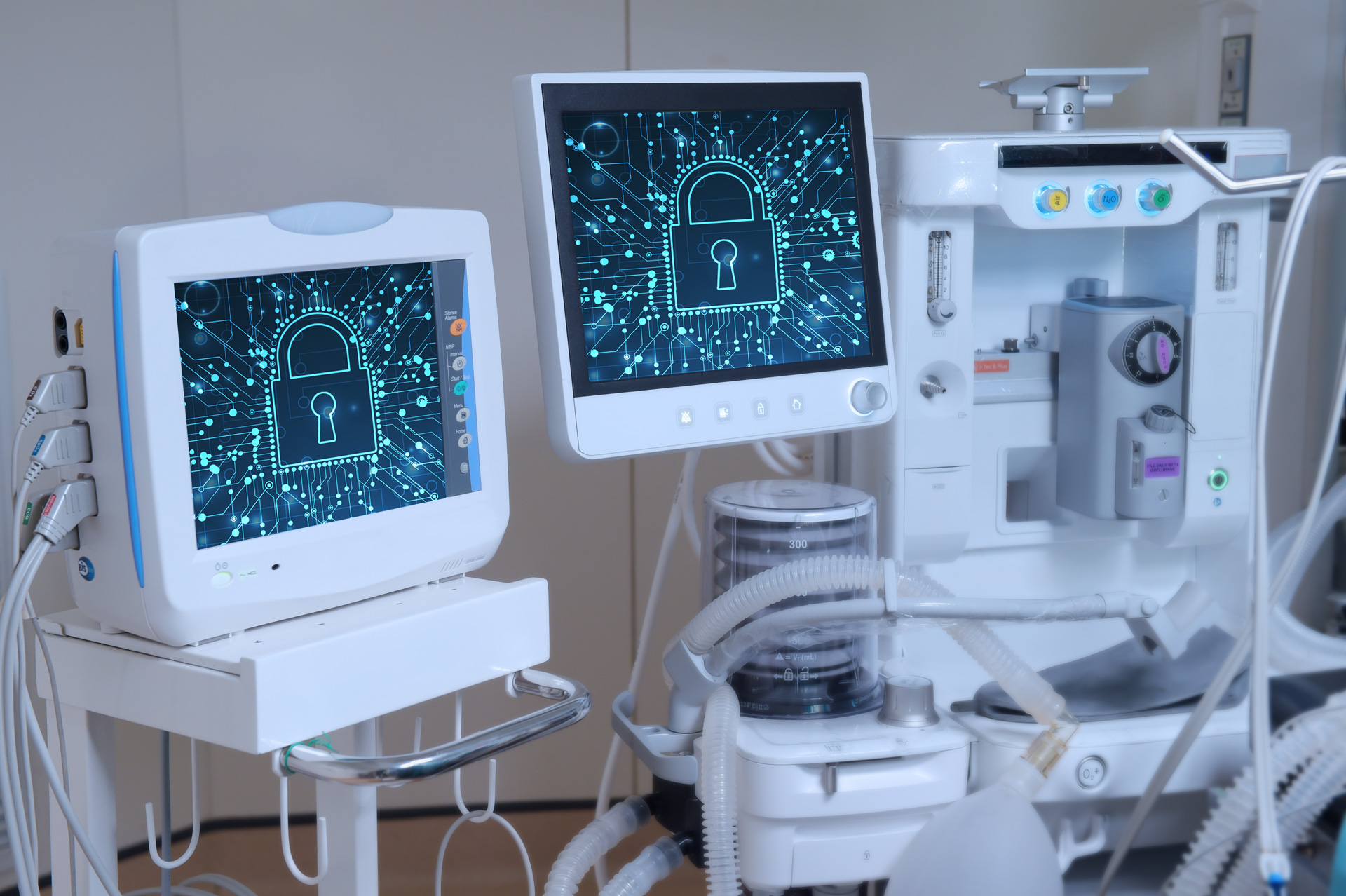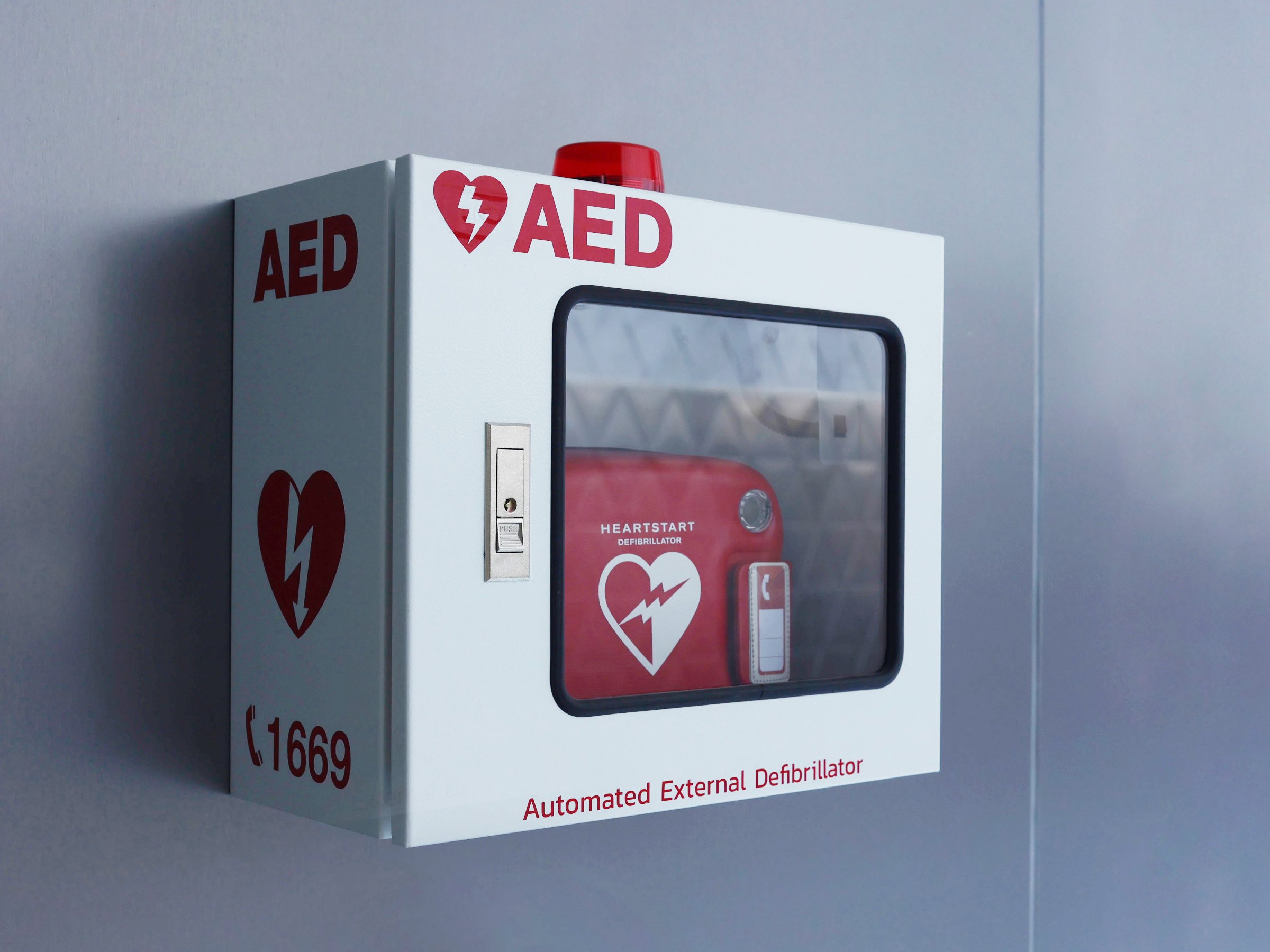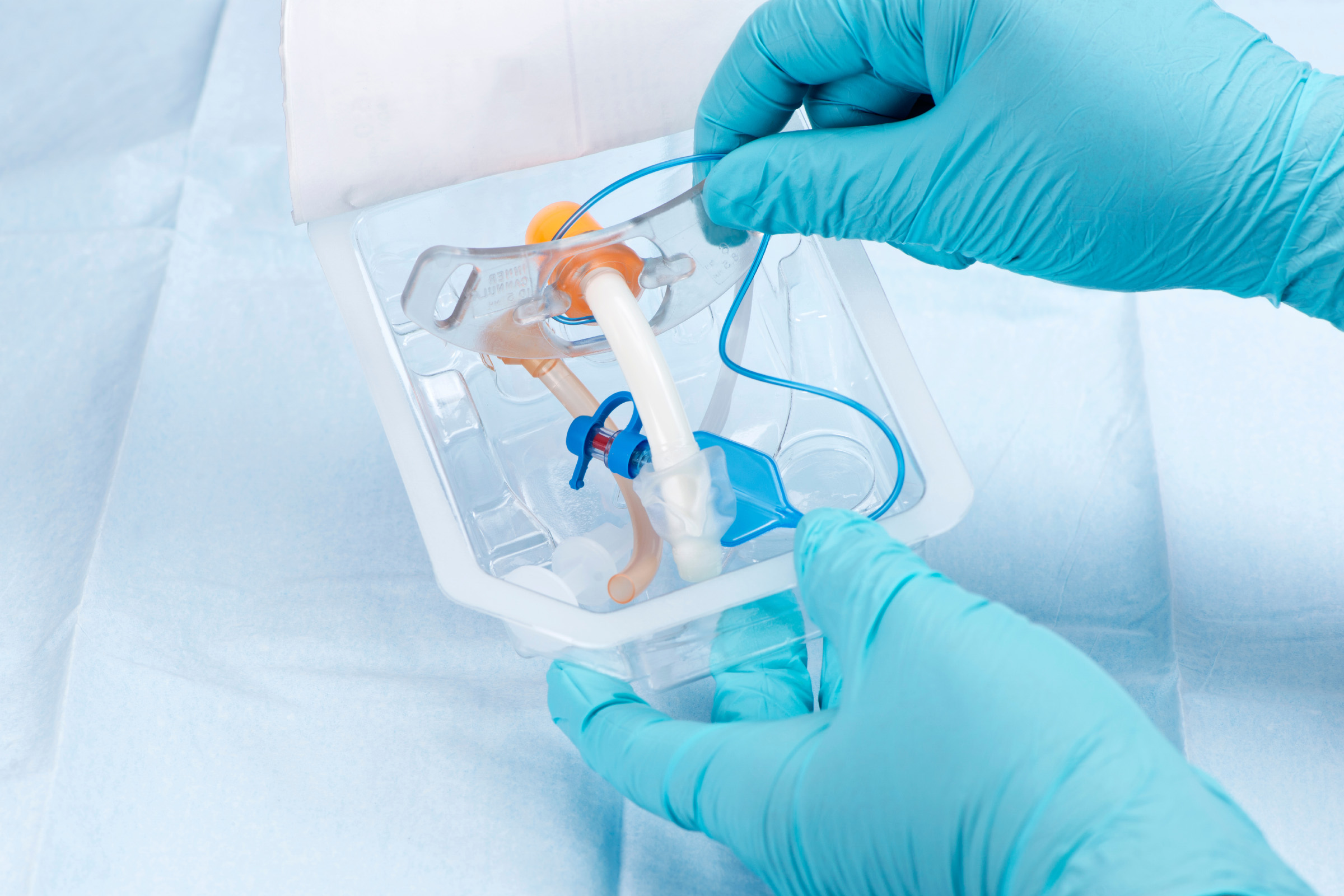- Improved patient outcomes: Predictive replacement planning (PRP) can help facilities determine when medical equipment has reached the end of its lifespan, ensuring equipment failures do not negatively affect patient care.
- Cost-savings: PRP can help hospitals avoid unplanned equipment replacements, reducing operational costs associated with emergency replacements.
- Effective resource management: With PRP, hospitals can schedule equipment maintenance and replacements based on actual usage data, ensuring that resources are not wasted on over-maintenance.
- Increased efficiency: With the ability to predict equipment failure, hospital staff can proactively arrange for equipment maintenance or replacement, freeing up time to focus on patient care.
- Improved equipment standardization: PRP will help hospitals standardize equipment, thereby reducing operational costs by improving efficiencies and lowering costs due to savings in service contracts, clinician training, and parts inventories. Hospitals can also realize capital savings by grouping like purchases to a single vendor and reducing administrative efforts.
Five Ways Predictive Replacement Planning Can Improve Your Bottom Line
Topics: Supply Chain
The Burden of Medical Device Alerts and Recalls | Key Takeaways
Recall management remains challenging for healthcare providers, as the number of hazard alerts involving medical devices, pharmaceuticals, and other products continues to increase. From cybersecurity vulnerabilities involving complex medical technologies, to sterility issues with various consumables, to shortages across the industry, managing product recalls and corrections becomes more complex every year.
An analysis of 2022 data from the ECRI Alerts Workflow system, which facilitates efficient recall and technology risk management for medical equipment, supplies, and pharmaceuticals, highlights the scale of the challenge that providers are facing:
Topics: Supply Chain
Supply Chain Resilience: 3 Ways to Save Despite Rising Costs and Frozen Spend
Changes in the supply chain, or supply chain disruptions, can happen at any time, but the COVID-19 pandemic set off a domino-effect series of shortages and delays that impacted financial, reputation, and clinical outcomes.
ECRI included supply chain disruptions in its annual list of Top Patient Safety Concerns in 2021, and again in 2022. And while 2023 may bring some improvements, challenges remain.
Healthcare leaders will continue to grapple with supply chain challenges that effect patient safety, healthcare quality, financial standing, and emergency preparedness. In fact, supply chain problems may be compounded by additional medical issues such as RSV and a rampant flu, as well as geopolitical and economic factors, such as war, inflation, spend limits, and staff shortages.
Together these factors slow the supply chain, delaying needed goods, services, and transportation.
Topics: Supply Chain
Recall: 3M Steri-Drape Defect Can Render Product Unusable and Unsafe
Recently, 3M™ issued an urgent, voluntary recall of select models and lots of 3M™ Steri-Drape™ Surgical Drapes distributed between October 29, 2021, and August 25, 2022.
How is the drape used?
The Steri-Drape is made from clear polyethylene plastic with a matte finish, which includes an adhesive strip. It is used as a surgical drape for patients during procedures. This drape is intended to absorb liquids with no strike-through to decrease the risk of microbial migration, and function as a barrier to skin.
The effected products include: 3M™ Steri-Drape™ Surgical Drapes, Catalog Numbers 1000, 1000NS, 1000NSD, 1010, 1010NS, 1010NSD, 1020, 1020NS, 1021, 1021NS, 1030, 1030NS, 1033, 1060, 1060NS, 1061, 1061NS, and 1071.
Topics: Supply Chain
Information Security Considerations for Decommissioning Medical Devices
What do you do with a medical device when it reaches the end of its useful life? If the device was used to store, generate, or communicate protected health information (PHI) or other sensitive data, you can't dispose of the device "as is." You'll first need to take steps to minimize security risks. Creating a structured decommissioning process now will help assure that the protections you need are in place when you dispose of medical devices in the future.
Data security concerns
For any medical device that may contain sensitive data, the decommissioning process needs to account for the proper disposal of that data, regardless of whether the device is to be destroyed, sold, refurbished, reassigned to another location within the facility, or otherwise reused.
Topics: Supply Chain
Understand Key Automated External Defibrillator (AED) Selection Features, Costs, and Maintenance
NFL football is an American pastime, but fun turned to fear last week as Buffalo Bills safety Damar Hamlin, age 24, collapsed on the field. Cardiac arrest is particularly uncommon for healthy young people. However, athletes may be at greater risk than others when actively competing in sports.
Hamlin is not alone. Every year, about 356,000 people in the US experience cardiac arrest outside of a hospital setting—that’s nearly 1,000 people per day. Sadly, an estimated 90% of these events are fatal.
Despite representing nearly 10% of deaths in the US each year, cardiac arrest is poorly understood by the general public. Unlike a heart attack, in which an artery that provides blood to heart tissue is blocked, cardiac arrest is an electrical issue, and the heart can no longer contract in a coordinated manner. As a result, blood cannot be pumped throughout the body, and heart and brain tissue can begin to die off from a loss of oxygen.
Topics: Supply Chain
How Predictive Replacement Planning Can Help Healthcare Facilities
To make more effective and efficient decisions regarding budgeting and managing medical equipment, it’s essential that healthcare organizations focus on capital budgeting, medical equipment selection, and recall management.
Capital budgeting is the process of allocating funds for the purchase of long-term assets, such as medical equipment. The goal of capital budgeting is to ensure that a healthcare organization has the funds necessary to purchase needed equipment and can do so while maintaining a balanced budget.
Equipment selection is an area of critical focus during the process. To select the right equipment, healthcare organizations should understand the benefits and drawbacks of the various different types of medical equipment.
Topics: Supply Chain
Improving Physician Engagement During the New Product Selection Process
You’ve heard and followed the familiar adage, “consider the source.” And for good reason, since the adage reminds one to verify the trustworthiness of a source before heeding its content. Perhaps nowhere does the saying ring truer than healthcare, where lives are at stake and resources limited.
For health systems, the acquisition of a new medical device can be fraught with a lot of "noise." As a system works to evaluate the potential of a new technology, subjective factors, personal biases, and marketing hype can influence perceptions at a time when identifying trustworthy sources is critical. A lack of sound evidence can further complicate the process.
However, decisions between supply chain and clinical leaders are still possible even when evidence is not conclusive.
In fact, the value analysis process can provide opportunities to engage and educate physicians about acquisition management and the standards and evaluation criteria that will help health systems obtain products that best meet their needs and provide desired clinical outcomes.
Identify biases
A good starting point is to ask your physicians where they get their information and then discuss those sources, so they, as good stewards of institutional resources, become more aware of common biases such as:
Topics: Supply Chain
4 Ways to Manage the Tracheostomy Tube Shortage
In one of the latest challenges for the embattled healthcare supply chain, the U.S. Food & Drug Administration (FDA) reported that there is now a shortage of tracheostomy tubes, especially pediatric tracheostomy tubes.
"This supply chain disruption disproportionally affects the pediatric population due to the already limited number of products available for this patient population and the spike in cases of respiratory illnesses in children," says Jillian Hillman, ECRI's senior manager, Functional Equivalents - Device Evaluation.
To help reduce the burden on healthcare providers and promote patient safety, ECRI has issued this functional equivalents report. ECRI will offer updated guidance as this situation unfolds.
The shortage includes the Bivona® tracheostomy tubes manufactured by ICU Medical. The shortage may be related to difficulties in getting the raw materials needed to make the tracheostomy tubes.
Topics: Supply Chain
How to Prepare for and Manage Supply Chain Disruptions in Healthcare
Healthcare organizations are some of the most complex and critical in the world. Supply chain disruptions in healthcare can have a ripple effect on patients, staff, and the community at large. So, whether you are running a health system, hospital network, aging services facility, or ambulatory care center, supply chain disruptions are crucial to understanding your organization as a whole.
A supply chain is a complex network of individuals and companies that design, manufacture, distribute, and consume healthcare products. Because supply chains are so complex, it's easy for disruptions to occur. Some disruptions are due to labor strikes, transportation issues such as weather-related traffic jams or port closures, supplier bankruptcies, and product recalls. Other reasons could be that a company is sourcing products from a region that's experiencing political instability or if they rely on a limited number of suppliers.
This can leave you without the necessary supplies or medications that you need to provide the level of care your patients deserve. That being said, there are ways that providers and healthcare facilities can prepare for these disruptions. If you're looking to navigate supply chain changes more effectively, keep reading for tips on preparedness and management strategies you can employ.
Topics: Supply Chain









